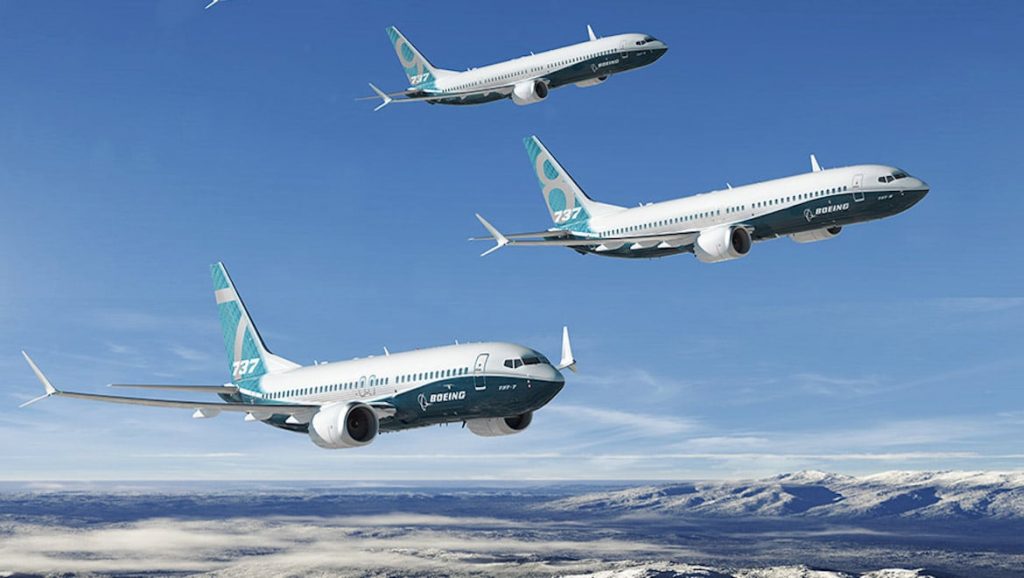
The US Federal Aviation Administration (FAA) has released its draft report on revised training procedures for pilots of the embattled Boeing 737 MAX, another key milestone in the process of seeing the aircraft return to the skies.
The FAA has said that its draft Standardisation Board Report would now be open for public comment until 2 November, before the procedures are finalised.
Under the proposed requirements, pilots will be trained to better understand and control the aircraft’s Maneuvering Characteristics Augmentation System, which has been largely blamed by investigators for the two fatal MAX crashes that saw the plane grounded in March 2019.
The MAX’s engines are larger than its predecessor, which messes with the centre of gravity and pitches the nose of the aircraft up. The MCAS was designed to counter this tendency and pitch the nose back down.
The system was programmed to read data from a single angle of attack (AOA) sensor, which, if faulty, caused the plane to constantly pitch its nose down, as pilots desperately tried to override the system, to no avail.
Notably, the aircraft was initially marketed to say that all previous Boeing 737 aircrew could fly the aircraft with no specific additional training required. Pilots were not trained on how the MCAS functions or what to do in the event it is erroneously triggered.
That will, of course, be changed with the recertification and ungrounding of the aircraft.
Most notably, under the new proposed training requirements, pilots will specifically be taught about the functionality of the MCAS and “associated failure conditions”.
They will also be required to complete simulator training on how to handle the MCAS, particularly in the event of activation.
Training will also be required to include erroneous high AOA malfunctions, and must include a “demonstration of Flight Director behaviour (biasing out of view) during a go-around or missed approach”.
Flight crew will also be provided additional training on cockpit warning signals during “non-normal conditions”, including scenario-based training “where a single malfunction results in multiple flight deck alerts that require timely pilot actions”.
The 737 MAX’s multiple warning systems sparked by a single non-normal event has been largely criticised as contributing to pilot confusion amid the two fatal crashes.
The proposed new training requirements join the previously announced design changes to the MAX, which include a re-jigged MCAS that reads from two AOA sensors.
Boeing has said it is hopeful to have the 737 MAX recertified by the end of the year, and both the FAA and EASA are expected to give the new MAX their green-light by the end of November.










